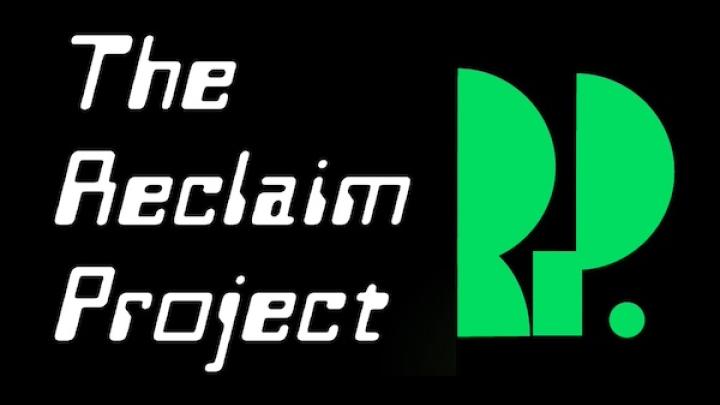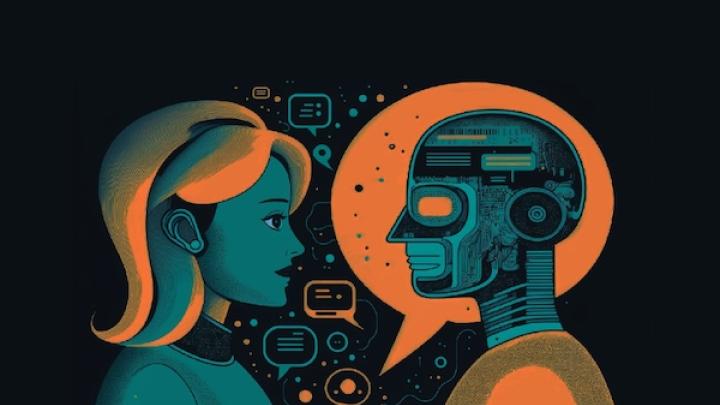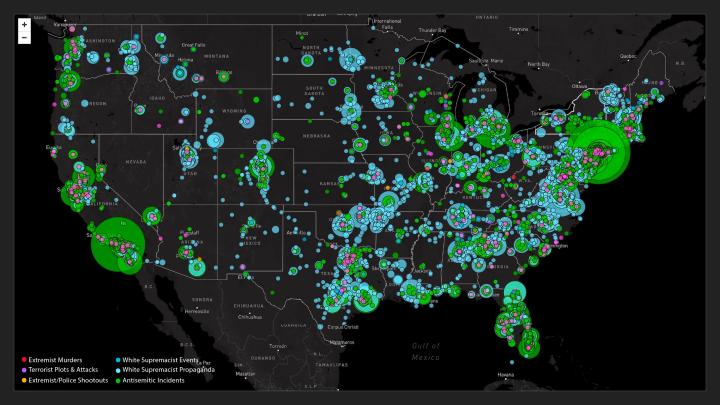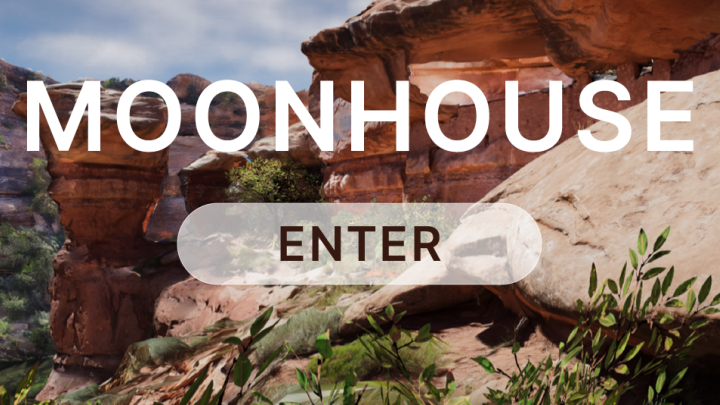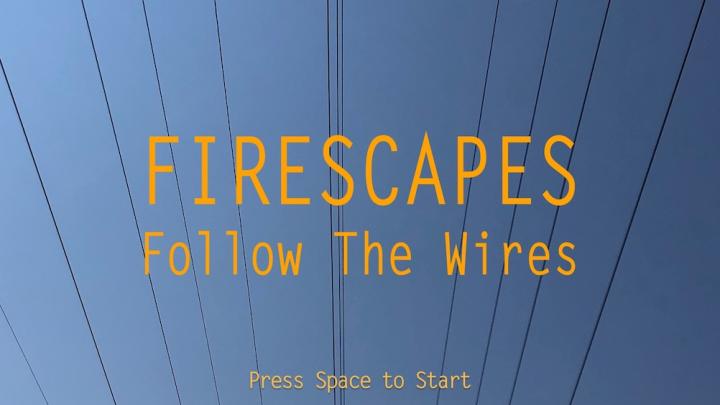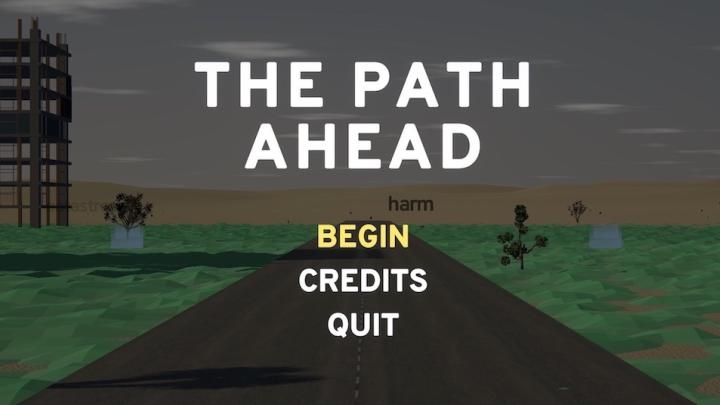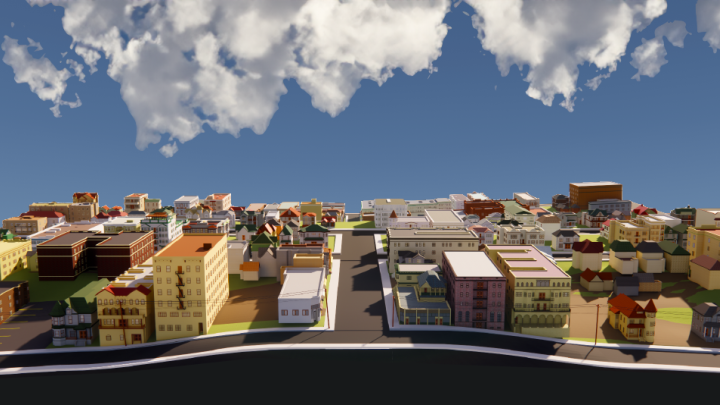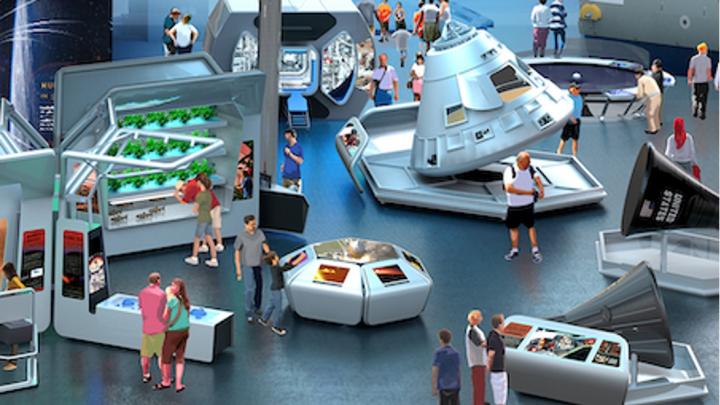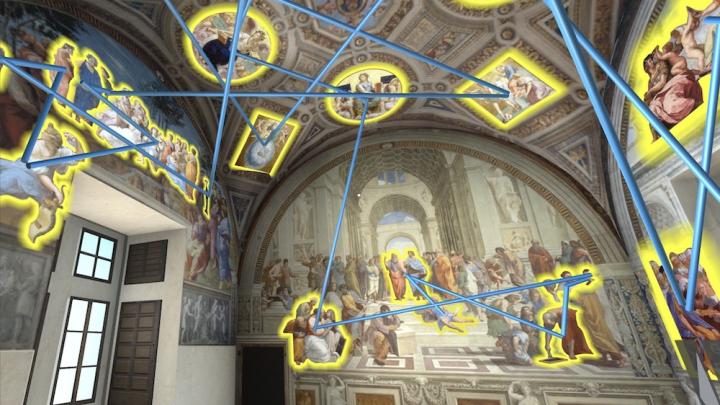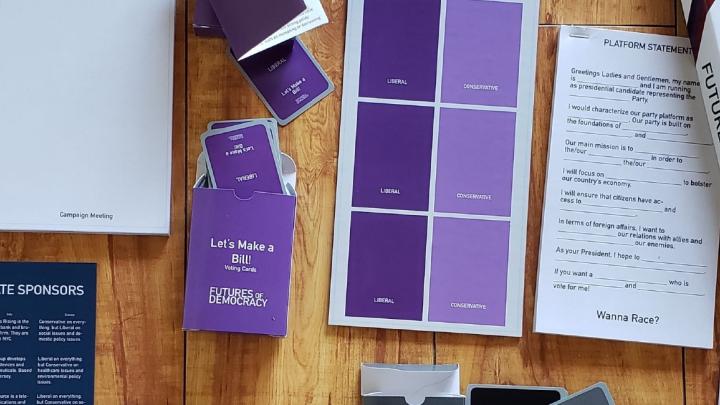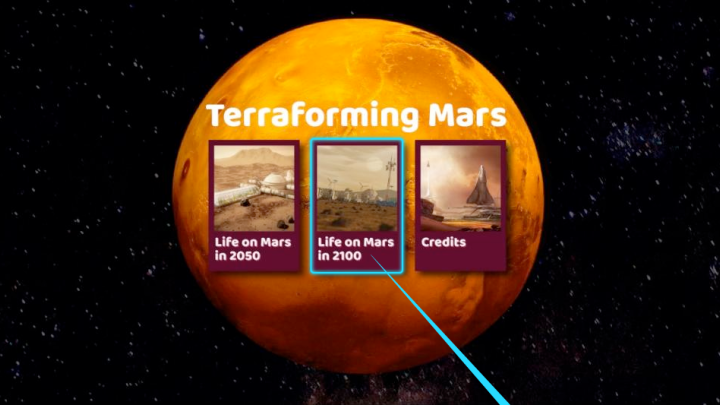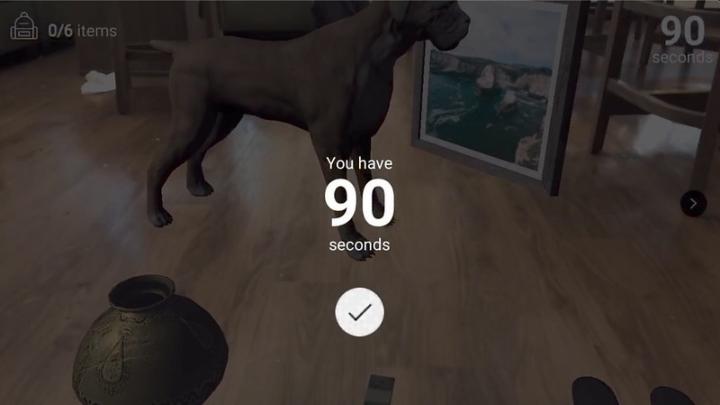What are Collaboratories?
Collaboratories are yearlong projects, directed by one or more USC faculty, that combine guided interdisciplinary research with innovative digital making. While Collaboratories are often tied to, and advance, faculty research, their ultimate aim is to engage undergraduate students in work that connects academic research with design thinking and digital fabrication.
Collaboratories have two main components, First, they engage students in interdisciplinary research around a particular theme (e.g. immersive journalism), problem (e.g. terraforming Mars), or a socially vital topic (e.g. the future of democracy). The research topic is typically connected to work already being done by the faculty member(s) who direct the Collaboratory. Second, they engage students in the design and development of an interactive digital experience (e.g. a screen-based game; an augmented reality app; a multimedia digital publication; a virtual reality environment) that structures and/or communicates interdisciplinary research in a unique manner. The fabrication of the digital project is directed by Ahmanson Lab staff and the Collaboratory’s faculty member(s). Faculty need not have any technical expertise related to the production of the Collaboratory’s digital project. Ahmanson Lab staff provide all technical support as well as all project management and planning, allowing faculty to focus on content.
Sound interesting?
Faculty: Calls for proposals are announced each summer. See our CFP for more details.
Students: See our Ahmanson Lab Innovation Scholars program for more details.
